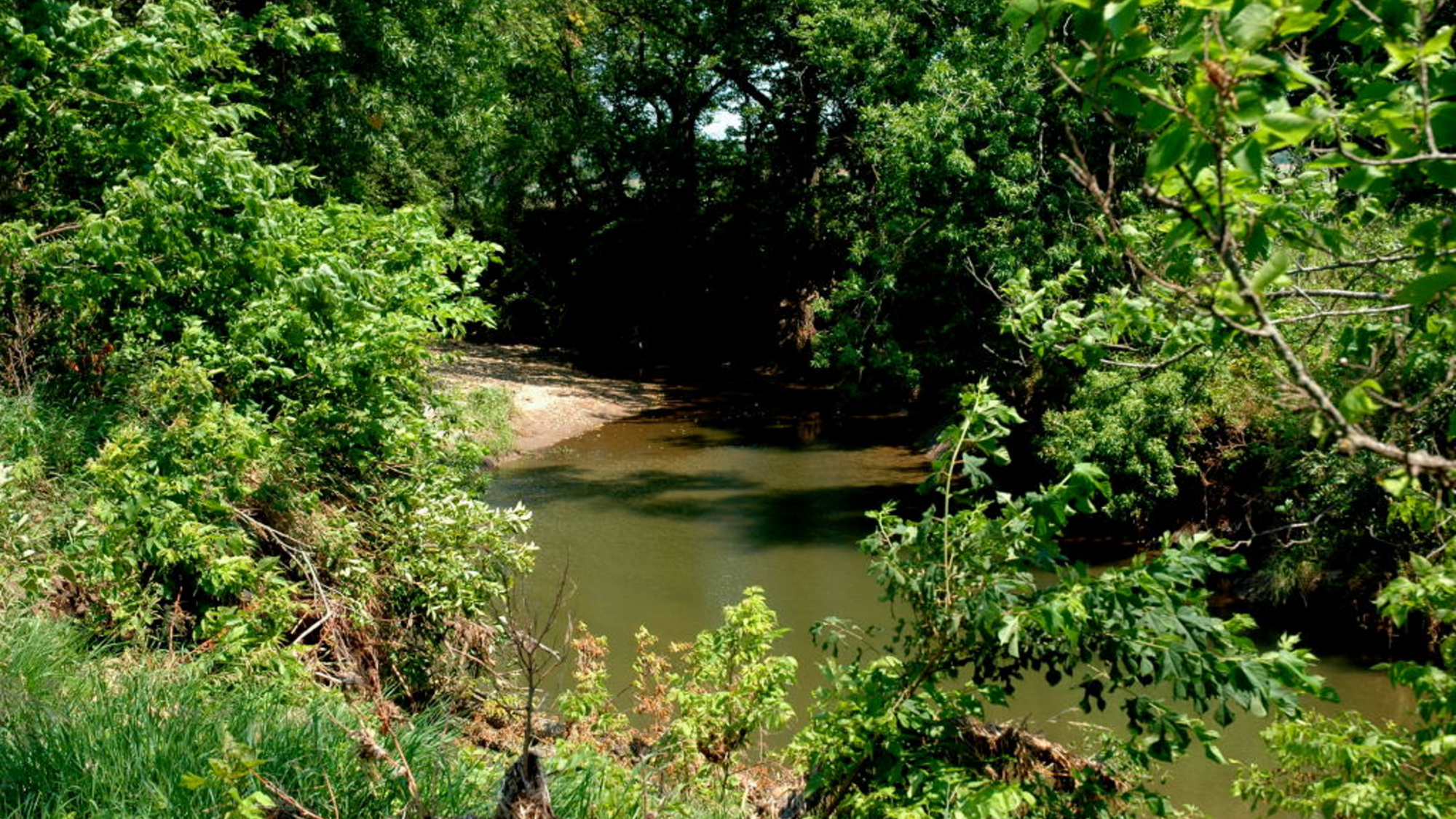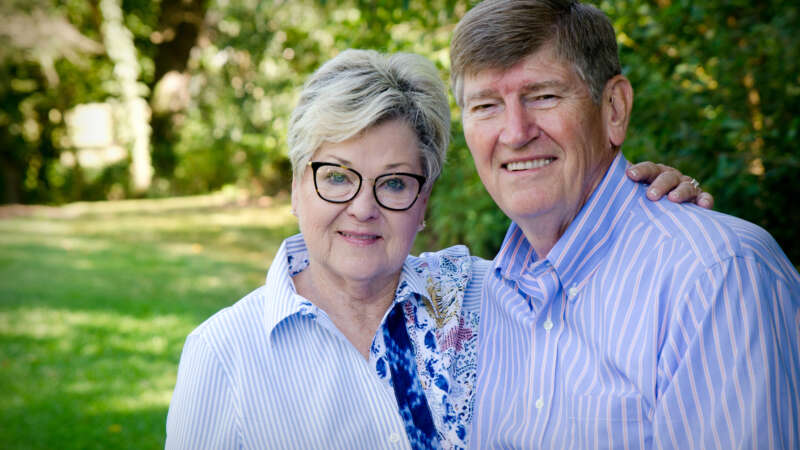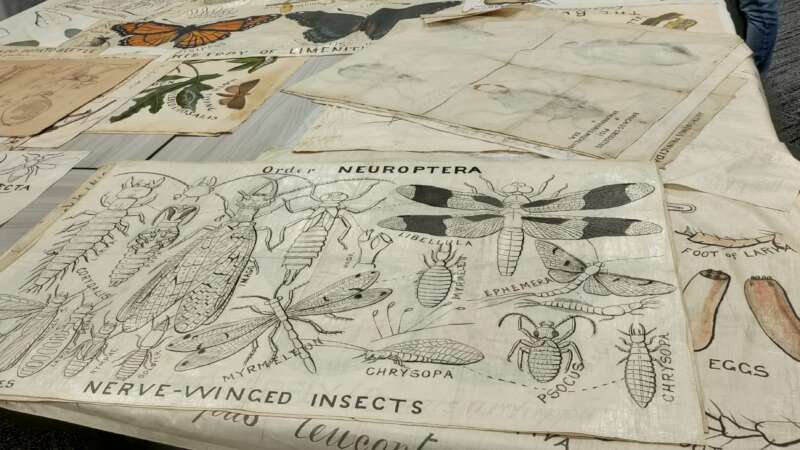K-State’s forestry research team partners with local Native American tribes to stop soil erosion.
The picturesque plains and sprawling farmlands of Kansas face a noteworthy environmental challenge — streambank stabilization.
Urban development and the expansion of crop fields alter watersheds, often leading to unstable streambanks and erosion. This affects people and the environment in detrimental ways.
Erosion robs streambanks of valuable soil and threatens aquatic life and water quality. The sediment washed into streams and rivers can smother fish eggs and other marine organisms, making it challenging for them to thrive. Transported sediment finds its way into downstream reservoirs, reducing its storage capacity for floodwater events and diminishing the availability of drinking water for cities.
A solution that works
Researchers and environmentalists at K-State have sought effective solutions to stabilize streambanks. One up-and-coming technique involves the strategic use of eastern redcedar trees, which are native to Kansas.
“One of the treatments that we found worked very well on small streams is the anchoring of redcedar,” said Dr. Charles Barden, a professor in forestry research. “Our process involves anchoring redcedar trees at the base of eroding stream banks, laying them parallel to the water’s flow. When water levels rise, these anchored trees act as natural sediment traps, capturing soil and debris like snowdrifts.”
The moisture-rich ground beneath remains stable as sediment accumulates in the trees during high-flow events. When water levels recede, native vegetation quickly inhabits the damp, fertile soil, leading to the complete healing of the streambank.
Collaboration with indigenous tribes
Barden’s work extends beyond scientific research. He actively collaborates with Native American tribes in Kansas to address environmental and natural resource issues. His initial research on streambank stabilization took place on the Potawatomi reservation, focusing on bioengineering solutions. Stabilization work has extended to other tribal lands, including the Kickapoo reservation.
This collaborative effort with indigenous communities demonstrates a commitment to holistically addressing environmental challenges and respecting the knowledge and traditions of Native American tribes.
Monitoring and expansion
Streambank stabilization projects are more than just installed and forgotten. The projects require continuous monitoring and assessment to gauge its effectiveness over time.
Graduate students like Jorge Serrano and others play an integral function in conducting fieldwork, collecting data and analyzing results.
“Monitoring includes tracking erosion rates, sedimentation levels, and the health of aquatic ecosystems,” said Serrano, who’s getting his master’s in horticulture and natural resources. “Streambank stabilization is not just a local concern but a global imperative.”
Funding and future prospects
While the focus has primarily been on eastern Kansas due to higher rainfall, there’s potential for expansion to other regions facing similar issues. But this expansion would depend on available funding and resources and the severity of erosion in those areas. Currently funded by federal grants, including those from the USDA and USDI, additional financial support could help scale up K-State’s research efforts. More budget would allow researchers to undertake more extensive projects, protect additional streambanks and continue collaboration with Native American tribes.
K-State’s dedication to protecting Kansas watersheds, ensures a better future for the state’s ecosystems and communities.





